A lot of you grew up like me, learning that stretching was good for you. Some reading this may still believe that it prevents injury and speeds up the healing process. Don’t worry, I am not about to say that it is “bad” to stretch, but I am going to suggest that stretching may not be all that it is cracked up to be!
I don’t remember exactly when I started to question whether or not stretching was the best option. I do remember when I was a young PT being taught to “stretch” people by holding a stretch for 30-90 seconds. This was based on what we knew at the time about having an effect on elongating the tissue. The belief at the time was that “tightness” was due to muscle/tendon shortening. So it made sense to stretch the tissue because that would resolve the tightness we felt.
There were/are some problems with this thought process. First of all your muscles’ attachments never change and therefore the “length” is fixed. There is a small window of variability where the tendon length changes...millimeters. So, when we are stretching we are not actually making things longer by any significant amount.
But, for those that will argue you there is a change in the length...even though only millimeters...I would counter that yes but that change only lasts up to 3 hours after stretching. Meaning that if you stretch in the morning, by lunch any gains you made are lost and even then it is not likely having the desired effect of preventing further injury.
It is still common to believe that stretching will help prevent tightening from happening at all. I often hear and read medical practitioners talking about how sitting at desks has made our hip flexors “tight” and this “tightness” can be resolved with stretching. I am not opposed to stretching, but I wonder how is it possible for us to stretch for 10-30 minutes and resolve a problem like tightness in our hip flexors that is supposedly the result of sitting for 6-8 HOURS each day. I recommend changing positions as a more effective strategy to avoid any one position for too long.
So, if stretching is not causing an elongation of the tissue, what exactly is happening?
We now believe it is more along the lines of a neurological inhibition. Meaning by holding the position we are essentially telling the nervous system to tell the muscles it is OK to let go. This is why we “get looser” as we stretch. The muscle’s length doesn’t change, we just let our bodies know that it is safe to do the movement so our alarm system is relaxed and as a result, we go further into a movement...we “stretch out.”
To understand this neurological response we have to look inside our muscles. We have a built-in safety net for injury prevention to our muscles and tendons. Our nervous system detects potential threats to the muscles and tendons through structures called:
1. Golgi Tendon Organs (GTO)
2. Muscles Spindles (MS)
The Golgi Tendon Organs and Muscle Spindles are designed to respond rapidly by alerting the nervous system to changes in muscle and tendon length. So, when you move around the home, like bending over to pick something up, these systems alert the brain to the changes and tense up to prevent you from moving too far and causing an injury. Some of the “tightness” we feel from lack of movement is because our nervous system gets used to the position our muscles and tendons are in and calibrates the warning system to those levels. If you don’t move it...you’ll lose it!
The more limited our movements are, the more confined our system becomes and the weaker our muscles/tendons become outside that confined range of motion. Our bodies adapt to the stresses we place on them, so sitting all day isn’t actually shortening our hip flexors as much as setting the calibration of them to the sitting position.
When we perform static stretching we override these “reflexive” systems and essentially tell the brain to not worry “this is a normal movement/position.” Our alarm system becomes “too relaxed.” This means when we need it to react, the reflexive system is delayed or impeded even just slightly.
For example, take someone that has been stretching for years and is super flexible (but who has not been moving/exercising or lifting/getting strong at the same time). Then this person moves suddenly and the protective system does not react as quickly as it should (due to the static stretching) and as a result, a pulled muscle or a strained tendon is the result.
Interestingly, recent studies suggest that lifting weights (i.e.heavy loading) results in a “⅔ reduction in injury.” This means that if you are trying to reduce the injury rate to a muscle or tendon then you should be lifting, and specifically, “slow and heavy” lifting. In addition, there have been several meta-analyses (i.e. examination of data from multiple independent studies) that have concluded static stretching has no positive effect on injury prevention.
Regarding the “healing” effects of stretching there is no evidence that it helps speed up recovery. If you have injured your joint then focus on reducing any swelling and restoring motion. Stretching “muscles” to help a joint is what I call “treating the symptom instead of the source of the problem.” When moving joints, I encourage and teach patients to go as far as they can but to only go there and get out. Never force any motion but persistently try to move it as far as you can. Do not hold!
If we are talking a muscle or tendon injury then the priority should be to gradually progress the mobility of the tissue with manual techniques and specific positions to maximize mobility and minimize strain (i.e. change positions at work instead of sitting all day). Then, after the mobility is improving it is time to apply load to the tissue. Strengthening muscles and tendons by progressive resistive exercises is regarded as the most effective way to resolve a muscle/tendon issue. This is why physical therapy is so important. Understanding how to assist patients in restoring motion and strength to an injured muscle/tendon is our expertise. At our offices, we want to make sure our community knows that this is where we excel!
I think it is great when people tell me they like to stretch, I just want to help people understand that there is a time and place for everything, and if you are trying to prevent injury you would be better served to lift weights. And if you are trying to recover from an injury and would like some guidance my staff and I have been working specific programs to help you get over an injury as well as prevent injuries in the future. If you would like an assessment or have any questions please give us a call at 518-306-6894 or email us at This email address is being protected from spambots. You need JavaScript enabled to view it.





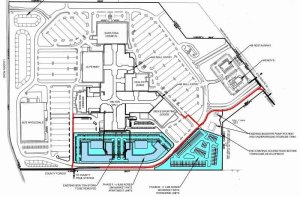

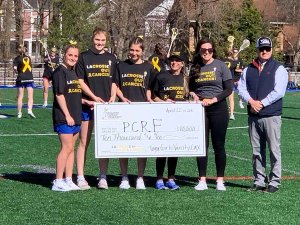




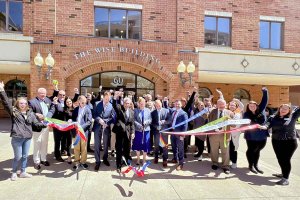
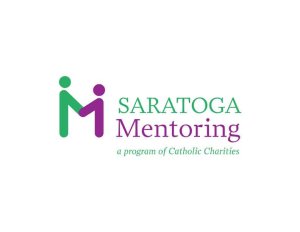

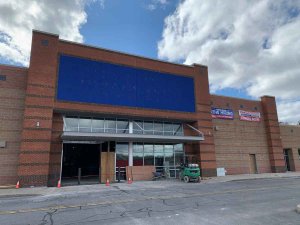
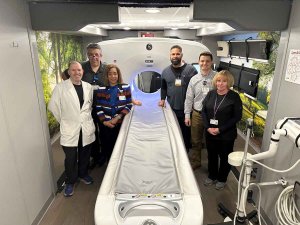










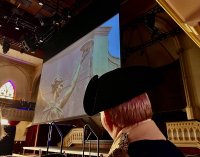

 How to resolve AdBlock issue?
How to resolve AdBlock issue? 









